Study looks at AQUATIDE65 in diets for juvenile Pacific whiteleg shrimp
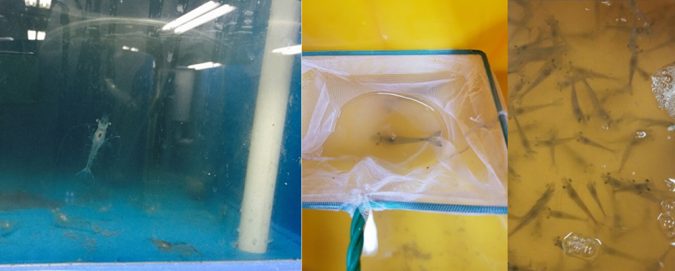
Aquafeed is the most expensive and important input in shrimp farming. However, the production of one of its main ingredients, fishmeal, has been decreasing due to various factors, and consequently, its prices have increased. There are a variety of products to replace fishmeal, including a number of plant proteins that are widely available to support sustainable aquaculture.
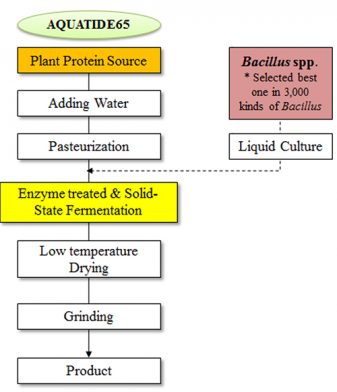
The main drawbacks for using proteins of vegetable origin include generally lower protein content, protein and amino acid digestibility, and anti-nutrition factors. Protein quality has typically been evaluated on the basis of protein and essential amino acid profile with its bioavailability, because these are can be lower than actual amounts analyzed.
AQUATIDE65 is a fishmeal replacement manufactured by CJ Cheildang that is bio-processed (fermentation and enzyme treatment) with a mixture of soybean meal and corn gluten meal via a process incorporating Bacillus subtilis. The results of this manufacturing/fermentation process are increased protein content, peptide contents, digestibility and palatability; and minimized content of anti-nutritional factors. We believe it has significant potential as a fishmeal replacement product for aquafeeds.
We carried out the research described below using various experimental diets to evaluate the digestibility of our fishmeal replacement product for juvenile whiteleg shrimp (Litopenaeus vannamei) through the determination of ADIs, ADDs, digestive enzyme activities and growth performance.
| Ingredients | Composition |
|---|---|
| Crude protein | ≥ 65.0% |
| Crude fat | ≥ 3.0% |
| Moisture | ≤ 10.0% |
| Crude ash | ≤ 8.0% |
| Crude fiber | ≤ 5.0% |
| Phosphorous | ≥ 1.0% |
| Peptide (≤ 30kDa) | ≥ 70.0% |
| Bacillus subtilis | ≥ 5 X 10 (7th) cfu/g |
| Trypsin inhibitor | < 1.0 mg/g |
| Stachyose | < 0.1% |
| Raffinose | < 0.05% |
| Particle size | 200 – 250 um |
Digestibility trial
Fifteen shrimp with an average initial weight of 6.83±0.32 (mean±SD) were randomly distributed into 18 semi-recirculated tanks in triplicate. Shrimp were fed the six experimental diets – including low temperature fishmeal (LTFM70), Vietnam local fishmeal (VTFM65), bio-processed protein concentrate (AQUATIDE65), soybean meal (SBM), corn gluten meal (CGM) and fermented soybean meal (FSBM) – four times a day to apparent satiation levels. To determine the apparent digestibility coefficient (ADC) for crude protein, six experimental diets were assessed indirectly in whiteleg shrimp by conventional methods using 0.5 percent chromic oxide (Cr2O3) in the diets. The feces collection process was carried out four times a day by sieving, for up to 30 days. In this study, one diet with LTFM70 or the reference diet and another diet with VTFM65 were used as controls. Each of the six experimental diets was consistent with 70 percent of the reference diet and 30 percent of the test ingredients.
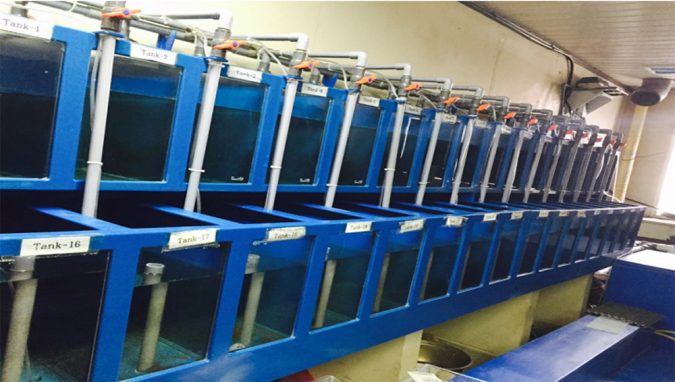
In the results for the apparent digestibility of ingredients (ADIs) and the apparent digestibility of diets (ADDs) for crude protein, shrimp fed the LTFM70 diet had significantly higher levels than those for shrimp fed the VTFM65, SBM, CGM or FSBM diets (P<0.05). However, there were no significant differences between shrimp fed the LTFM70 and the AQUATIDE65 diets (P > 0.05). LTFM70 is well known as a high-quality fishmeal with a good amino acid profile, and high protein content and digestibility. On the other hand, despite the inclusion of plant-based protein ingredients, the AQUATIDE65 diet showed similar performance to that of the LTFM70 diet in regards to ADIs and ADDs. It appears that more than 70 percent of the total protein in AQUATIDE65 showed peptidization (≤ 30kDa) by fermentation. These results indicate that the bio-processed protein concentrate can potentially replace fishmeal at significant inclusion levels.

Feeding trial for digestive enzyme activities
A group of 15 shrimp with an average initial weight of 3.88 ± 0.05 g (mean±SD) were randomly distributed into aquaria in triplicates according to the three experimental diets, which were formulated to contain LTFM70 as control, and VTFM65 and AQUATIDE65 as alternative ingredients replacing fishmeal at the 30 percent level. Shrimp were fed to apparent satiety with one of these three isocaloric diets, four times per day at 4 percent of wet body weight during the first four weeks and at 3 percent during the second four weeks.
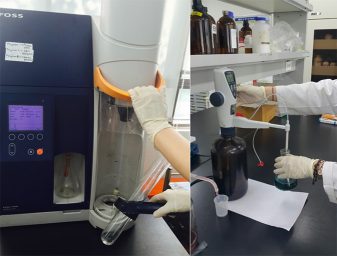
Results indicated that digestive enzyme activities such as those for protease, lipase and amylase showed no significant differences among shrimp fed all the experimental diets (P>0.05). However, those animals fed the AQUATIDE65 diet had numerically higher protease activity than those for shrimp fed the other diets. In addition, results for weight gain and protein efficiency ratio showed the same trend with digestive enzyme activities, which also supported digestive enzyme activity results. Generally, the negative effects reflected on growth due to plant-based protein sources having relatively lower digestive enzyme activities. Whereas the fermentation strain Bacillus subtilis produces a powerful digestive enzyme for degrading protein to a lower molecular peptide, and thereby the anti-nutrient factors such as trypsin inhibitor, allergen and galacto-oligosaccharides were eliminated. Therefore, the improved coefficient of digestibility enhanced growth performance as much as the fishmeal based diet.
| PARAMETER | LTFM70 | VTFM65 | AQUATIDE65 |
|---|---|---|---|
| DIGESTIVE ENZYME ASSAY (mU/ml) | |||
| Protease activity | 1.63±0.07 | 1.60±0.14 | 1.73±0.04 |
| Amylase activity | 2.47±0.21 | 2.35±0.11 | 2.35±0.11 |
| Lipase activity | 1.24±0.11 | 1.20±0.07 | 1.22±0.06 |
| GROWTH PERFORMANCE | |||
| Weight gain (%) | 198±7.30 | 181±14.2 | 189±10.6 |
| Protein efficiency ratio | 0.98±0.00 | 0.93±0.07 | 0.96±0.05 |
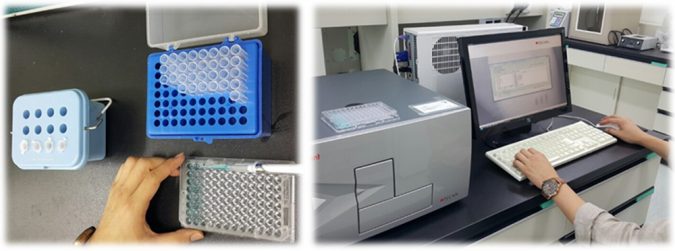
Perspectives
Our results show that our fishmeal replacement product could replace up to 30 percent of LTFM in whiteleg shrimp diets. Despite the inclusion of plant-based proteins in our experimental diets, AQUATIDE65 had similar or better performance compared to two fishmeal-based diets based on apparent digestibility coefficients for crude protein, digestive enzyme activities, weight gain and protein efficiency ratios. These results indicate that our Bio-processed Protein Concentrate, AQUATIDE65 could be used to replace significant levels of fishmeal in aquafeed
Authors
-

Hyeonho Yun, Ph.D.
Senior Analyst
Life ingredient & Material Business Unit
CJ Cheildang, South Korea[116,101,110,46,106,99,64,110,117,121,46,111,104,110,111,101,121,72]
-

Kyung-Hoon Chang, Ph.D.
R&D senior researcher
Life ingredient & material R&D center
CJ Cheildang, South Korea[116,101,110,46,106,99,64,103,110,97,104,99,46,104,107]
-

Seong-Jun Cho, Ph.D.
R&D senior manager
Life ingredient & material R&D center
CJ Cheildang, South Korea[116,101,110,46,106,99,64,111,104,99,46,110,117,106,103,110,111,101,115]
-

Jun-Young Bae, Ph.D.
Product Manager, AQUATIDE65
Life ingredient & Material Business Unit
CJ Cheildang, South Korea[116,101,110,46,106,99,64,49,101,97,98,46,121,106]
Tagged With
Related Posts
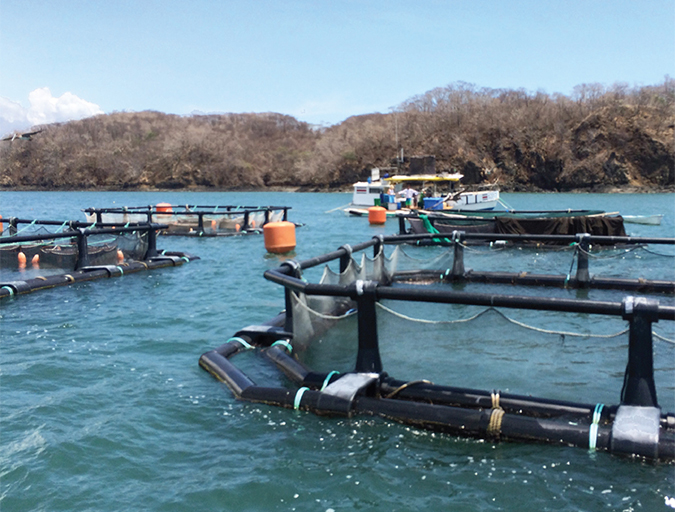
Aquafeeds
Soy protein concentrate replaces fishmeal in spotted rose snapper diets
A feeding demonstration in Costa Rica evaluated the partial replacement of fishmeal in diets for spotted rose snappers with soy protein concentrate (SPC). It found no significant difference between the performance of fish fed an SPC-based diet and those that received commercial fishmeal-based diets.
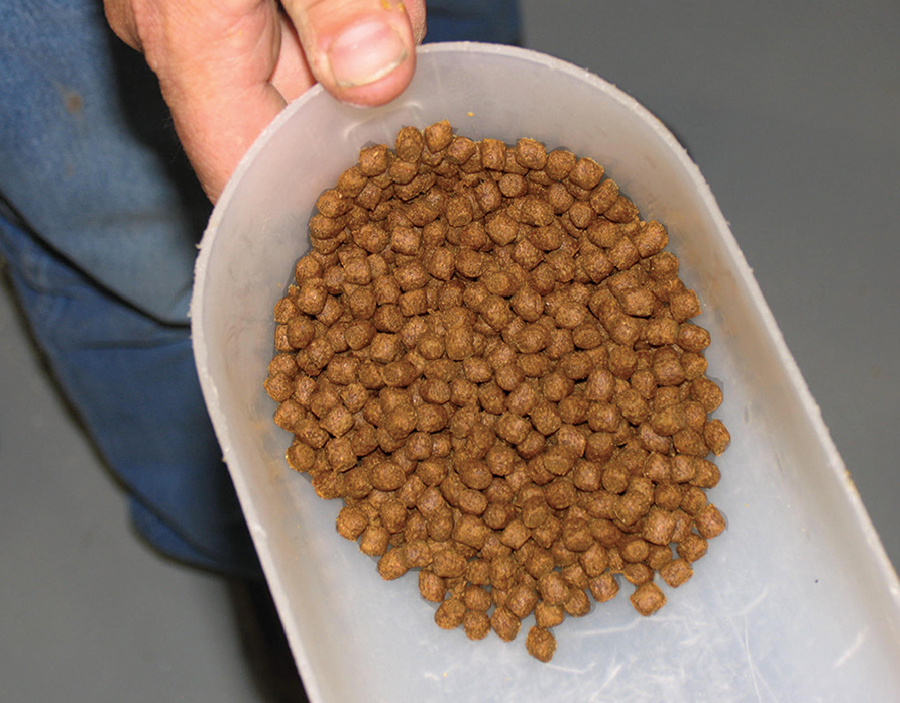
Aquafeeds
Insect meals: Novel protein, fat sources for farmed shrimp
Poor-quality ingredients can’t become good-quality ingredients. Quality protein is essential for the healthy growth of any omnivorous or carnivorous aquaculture species. Insect meals seem to fill this need, and their mass-scale production appears to be sustainable.
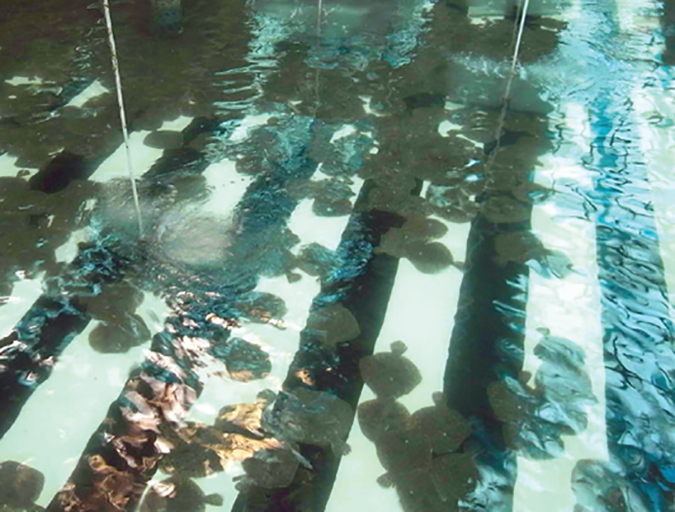
Aquafeeds
Turbot growth performance on soy-based feeds
Turbot are typically fed diets containing 45 to 65 percent fishmeal. In a study that gave turbot feed with 40 percent soy protein concentrate, the fish had decent growth and excellent survival.
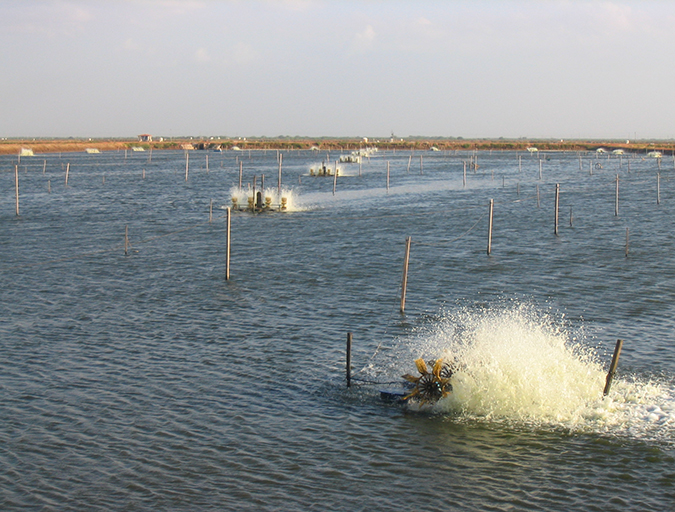
Health & Welfare
Proper water circulation in aquaculture ponds critical
Promoting water circulation during the day time is an effective strategy to enrich pond water with oxygen produced by photosynthesis, and can significantly reduce the costs of night time supplemental aeration.

